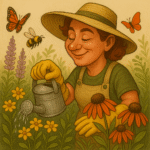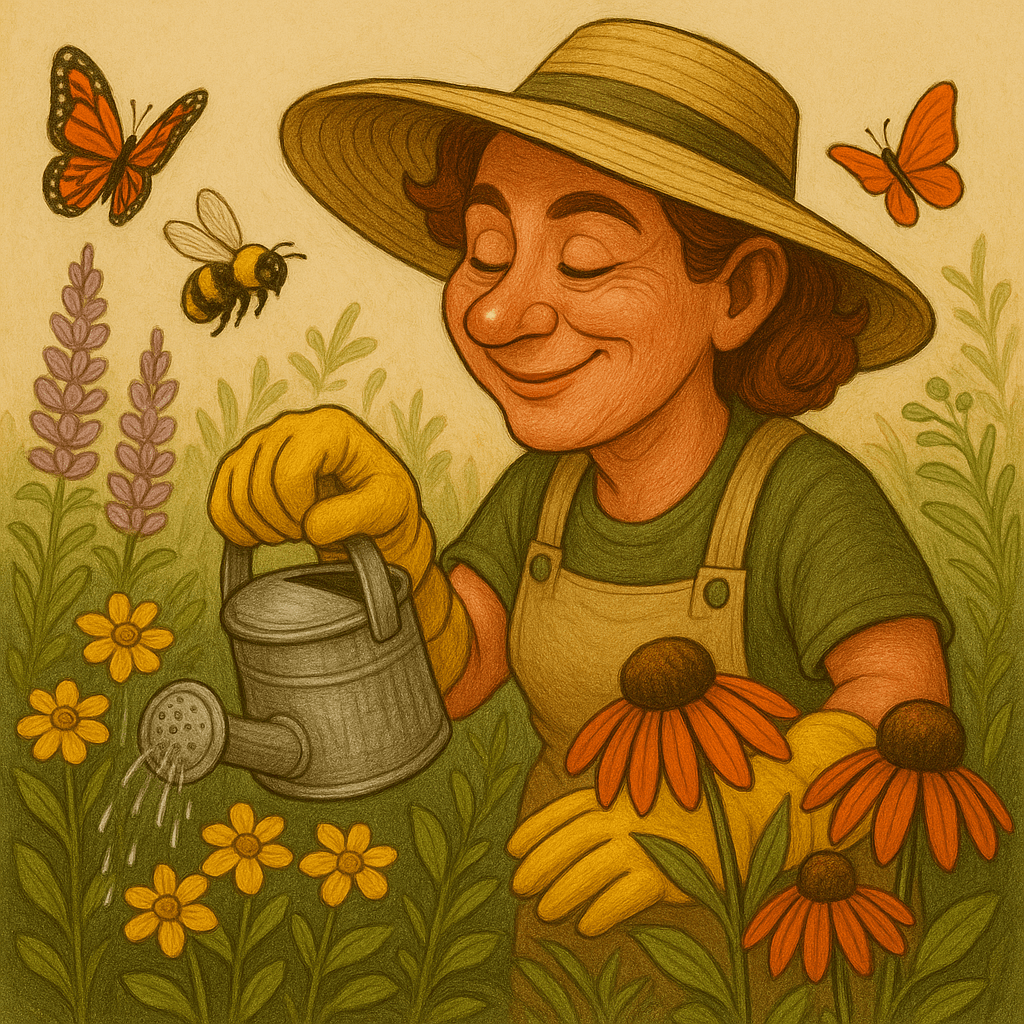Native Plant Gardening 2025: Why Going Local Is the Future of Sustainable Landscaping
In 2025, homeowners and garden enthusiasts are embracing native plant gardening as a leading trend in sustainable landscaping. With growing awareness of climate change, biodiversity loss, and the need for resilient ecosystems, native plant gardening 2025 is more than a style—it’s a movement.
By planting flora naturally adapted to your region, you can create a beautiful, low-maintenance yard that benefits local wildlife, reduces water use, and thrives without chemicals.


